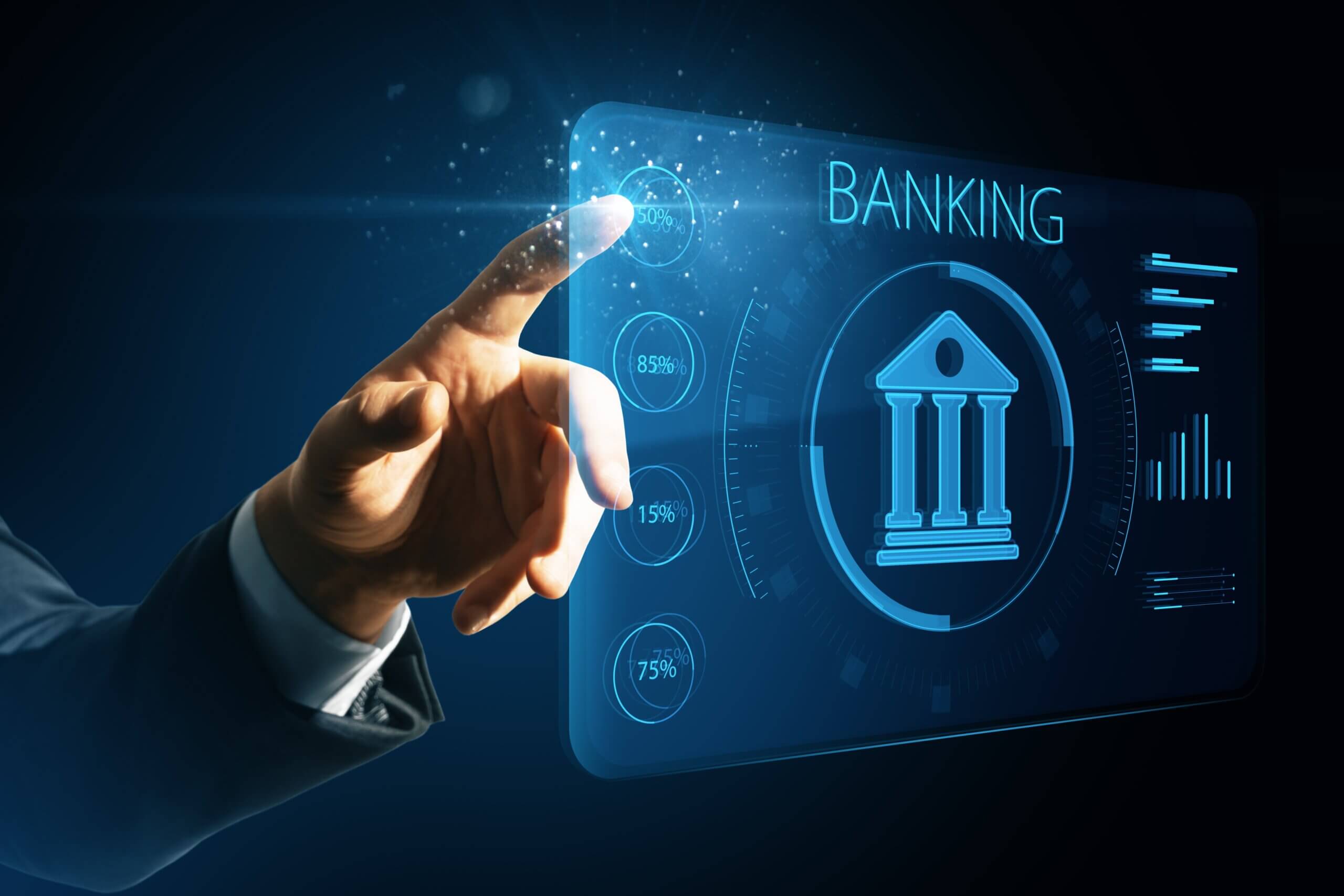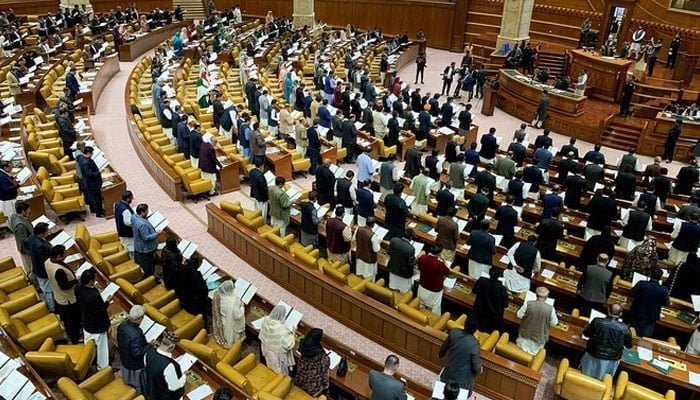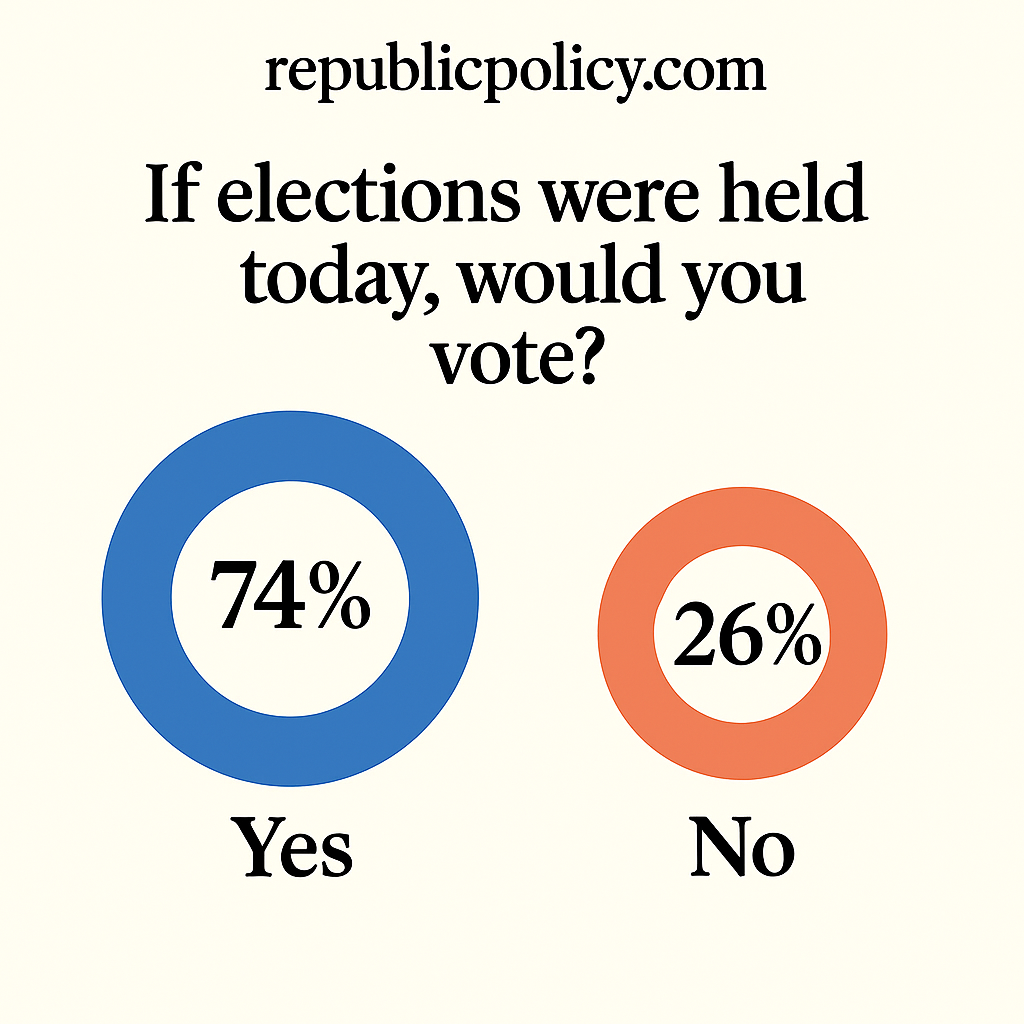Mudassir Rizwan
With remarkable advancements in the payment ecosystem and infrastructure, digital channels now represent an impressive 87% of retail payments by volume, showcasing a significant shift in consumer habits and increased confidence in digital transactions.
The State Bank of Pakistan (SBP) has just released its Quarterly Payment Systems Review (PSR) for Q1 FY25, emphasizing the country’s progress toward a cashless and inclusive digital economy.
Covering the period from July to September 2024, the report notes robust growth in digital payment adoption and infrastructure development, indicating a gradual move away from cash and traditional payment methods.
According to Report Pakistan, the country has made notable strides in digitizing its payment systems and enhancing its infrastructure, significantly improving the convenience and accessibility of payment services for individuals, businesses, and the government.
Key Findings:
During Q1 FY25, retail payments in Pakistan surged by 8% in volume, totalling 1,951 million transactions valued at Rs 136 trillion. Digital payments alone experienced a quarterly growth of 9% in both volume and value, reaching 1,699 million transactions amounting to Rs 36 trillion.
Digital channels are now responsible for 87% of retail payment volumes, reflecting growing public trust in these services. In contrast, over-the-counter (OTC) channels made up just 13%, processing 251 million transactions. The value share for digital payments increased from 24% in Q4 FY24 to 27% worth Rs 36 trillion, while OTC channels accounted for 73% or Rs 100 trillion.
Mobile banking apps have been a crucial driver in this growth, facilitating 1,301 million transactions worth Rs 19 trillion during the quarter, marking an 11% rise in volume and 14% in value. The total number of mobile banking app users grew by 4%, reaching 96.5 million from 93 million in the previous quarter.
E-commerce is also gaining traction in Pakistan’s digital payment landscape, with a 29% rise in online payments. Out of 118 million online transactions, 91% were completed via digital wallets, highlighting a shift from traditional card systems.
Moreover, there has been significant expansion in the payment infrastructure, with Point-of-Sale (POS) terminals increasing to 132,224, facilitating 83 million transactions worth Rs 429 billion. The ATM network also grew to 19,170 units, processing 243 million transactions worth Rs 3.9 trillion.
Pl, watch the video and subscribe to the YouTube channel of republicpolicy.com
Efforts to include underserved populations are gaining momentum, with branchless banking agents playing a vital role in providing financial services in rural areas. Over 693,178 agents facilitated 28 million bill payments and 75 million cash deposit and withdrawal transactions during the quarter.
Additionally, the report highlights a 16% growth in retail merchants accepting digital payments, boosted by branchless banking initiatives that promote payments through mobile wallets, QR codes, and other digital solutions. These advancements showcase the importance of alternative financial channels in reducing economic disparities.
The SBP also noted the success of the Raast instant payment system, which processed 197 million transactions worth Rs 4.7 trillion, enhancing the efficiency of instant payments for both individuals and businesses.
Pakistan’s payment ecosystem is thriving thanks to the collaboration among banks, fintechs, payment service providers, and regulators. This collective effort has driven innovation, improved accessibility, and fostered greater financial inclusion throughout the country.
The SBP remains dedicated to promoting a sustainable and inclusive financial future, ensuring that digital innovation continues to empower individuals and businesses alike. The progress detailed in this review reflects the nation’s potential to move towards a fully digital economy while building trust and reliability in financial services.














